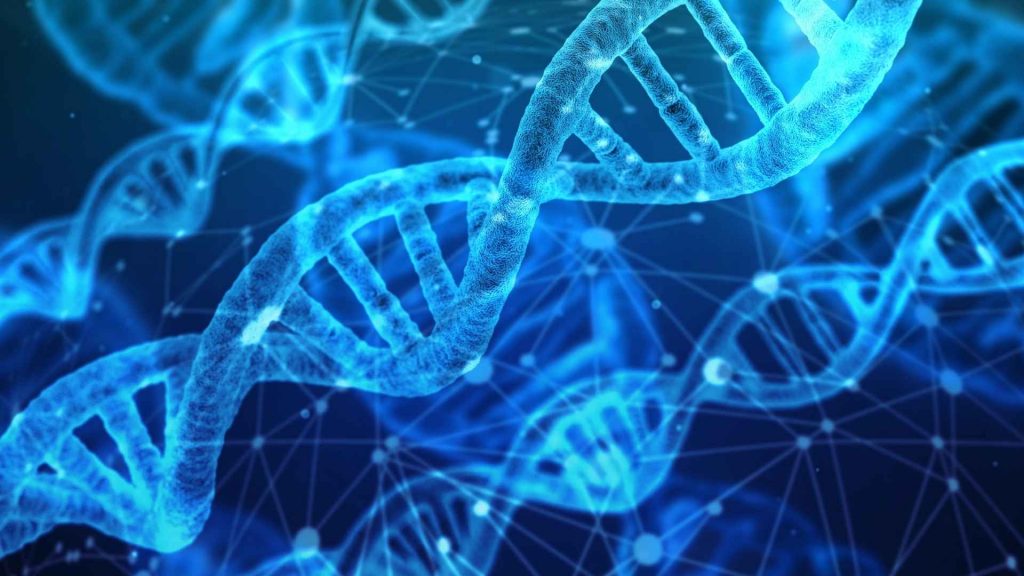
If multiple genotypes are present in a particular case or population the difficulty of understanding DNA data is magnified. There are two major methods to determine the proportions of various genes in a mixture. The second is the inverse gene algorithm (DEG). This method uses a single-locus model for estimating the population size. This model is based upon the principle that each individual contributes a certain percentage of their DNA to overall mix. The second method is the statistical computer modeling system.
The second method for DNA data interpretation is to examine the raw genetic information of an individual. After the sample is collected and digitized, the data is then analyzed and stored on the computer. DNA applications analyze the data and then compare it with scientific data. The apps then generate a report for the user to read. This kind of genetic analysis provides the user meaningful information about their family and genetic conditions. It is important that you understand that the accuracy and reliability of the results of a DNA analysis will depend on the method employed.
What do you need to know about DNA data interpretation?
While it is possible to search for an exact DNA sequence or variant that may indicate a risk of a specific genetic condition It isn't easy to interpret DNA data in the absence of an expert in DNA research who is trained. Additionally the use of heuristic methods can rob DNA evidence of its probative value. Many DNA samples are complicated. Some contain only a tiny amount of DNA, show degradation and even mix with DNA from several individuals. The use of a genetic expert is not always practical, and often makes valuable evidence unusable when it comes to court.
DNA data interpretation can be a bit difficult. This requires specialized training and tools. If you're a medical professional, you might be able to look up an exact genetic variant or sequence within DNA. You can upload your DNA data to an indexable database if are a normal citizen. Companies like AncestryDNA and 23andMe offer this service automatically. These services also have many other benefits, but they may not be the ideal option for everyone.
The STRmix software is able to interpret the raw DNA data. The program helps you identify the most likely candidate for a particular variant. STRmix is the most comprehensive and powerful database for DNA mixtures. An example of a probabilistic algorithm is the STRmix application. To ensure an accurate search, it utilizes a Markov Chain Monte Carlo algorithm. This is a great way to look at DNA data in raw form.
Utilizing a DNA mixture analysis is a common practice in criminal cases. This method is based on the LR method. This method provides one number that indicates the possible allele pair combinations. Based on the complexity of the mixture the 50:50 mixture could contain many different allele combinations, while an 50:50 combination has fewer alleles. However, a mixture with small weights can decrease the amount of match information available.
The ICAR has granted accreditation service for DNA Data Interpretation Centres. This service allows organizations to conduct SNP-based parentage analysis. The ICAR encourages Member Organisations and DNA Interpretation Centres to register with the ICAR. The Interbull Centre at SLU University, for example is able to send test files to those who apply. These apps can be used to generate reports on the person's family or genetic background.
The second method of DNA analysis is the ICAR Accreditation Service. Organizations that have been awarded a certificate are eligible for this service. This is a third-party service and ICAR suggests that all member organizations apply for it. The members of the ICAR can also perform SNP-based parentage analyses. The Interbull Centre will send the test files to the candidate. Once the test is completed the app will then send an report.
Expert evaluation of DNA evidence isn't an easy task. It requires a lot of expertise and training, but it can be a challenge. A DNA analyst's judgment can be affected by their inherent biases in examination and heuristic approaches. If there are several types of DNA, the DNA evidence may lose its probative value. The whole process of DNA analysis will be ineffective if the result is unclear.
Fore more information, Click here: https://geneyx.com/